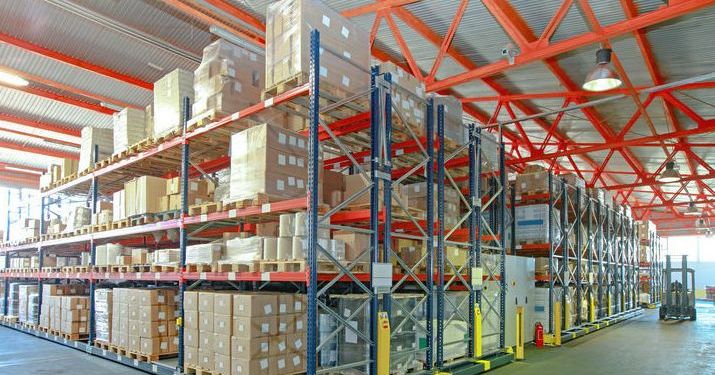Warehouse and Distribution Center Best Practices
Last Updated July 26, 2023

Distribution centers are the rock of the supply chain.
Evolving from warehouses and throughput centers, distribution centers are driven by technology and focus on relationships with suppliers and customers. They provide transportation, labeling, and packing, order fulfillment, cross-docking, order preparation and processing, shipping, receiving, performance measurement, returned goods processing, as well as whatever other processes external and internal departments and stakeholders need.
Safe and efficient practices are necessary to reduce errors, labor and cycle time, and increase accuracy and service. Below are some guidelines distribution professionals should keep in mind:
Track Everything
Tracking all material moves and making sure that everything is put away in the right spot, from the rack to shelving, is essential. Scan all destination locations, assign locations close to pick slots where the product will be needed next and put fast-moving items in areas that are easy to access. Any step that cannot be tracked or recorded in the transaction should be eliminated or placed on a list of movements to fix.
Automate Data Collection
Recording data automatically can increase productivity and accuracy, and lower labor costs. Capturing real-time information using bar codes and radio frequency identification tags can get products off the dock quickly and reduce human issues typically caused by manual receiving, such as counting and data errors, from the tracking process. Automatic data collection also increases historical information, which allows managers to change product locations based on order consistency and picking difficulty.
Synchronize Data
Synchronizing all real-time data captured in a warehouse management system (WMS) improves company visibility and streamlines data integration. In addition to tracking SKUs, storage types and other warehouse data, using the appropriate scan validation steps is also essential to maintaining inventory accuracy.
Increase Visibility of Operations
All of this tracking, collection and synchronization data increases the visibility of warehouse operations across all departments. Using a WMS and any additional solution such as Enterprise Resource Planning software can help facilitate access to data.
Implement Vendor Compliance Programs
Require suppliers to provide detailed information like standard case quantities, advanced shipment notifications and accurate labels, such as RFID tags or barcode labels, for incoming shipments. Vendor compliance programs require distribution centers to collaborate with suppliers on merchandising and procurement. Companies will sometimes hire a vendor compliance manager to measure and monitor supplier performance.
Streamline Picking Processes
To increase productivity, implement order picking strategies that can save travel time. Mapping routes based on time and distance using WMS technology can identify the most efficient route, or analyze facility maps to align with strategy.
Minimize Manual Steps Needed
Creating automated lines through robotic assistance or physical space improvements can help decrease the manual steps needed. The use of a shipping carton instead of a tote, implementing print-and-apply labeling systems, offering in-motion weighing and manifesting, having semi-automated and automated sealing/taping stations can all reduce employee touches.
Use Cross Docking
Cross-docking reduces material handling and warehouse storage time because products are shipped out shortly after arriving at the dock. Loading products from one transportation to another bypass warehousing and stockpiling by sorting the products in a staging area before reloading them directly onto the next vehicle.
Focus on Warehouse Replenishment
Use information system and structured movement processes to replenish warehouse stock. Defining both receiving process and stock locations can lead to time and cost savings.
Emphasize Employee Training
Having well-trained and cross-functional employees support a more productive work environment. Employees need to be well-versed in the right processes and skills, especially safety operations. Going beyond training employees on machinery and creating organizational goals, making metrics for individual performance and team efficiency goals can help each employee feel responsible for the part played in the complex processes at work in a warehouse distribution center. Employees will also feel motivated to become more efficient at their tasks, which enhances the productivity of the company.
Learn More About Education Options For Your Team
Maintain Proper Lighting
Although this is a simple issue, distribution centers are known for having limited lighting. Proper light distribution can improve any operation by reducing inaccurately picked inventory and incorrect product placement as well as preventing staffing issues, safety issues, shipping halts, and potential lawsuits.
Other best practices to use in warehouse distribution centers include the following:
- Schedule simultaneous shipments
- Practice ongoing cycle count
- Implement dynamic sorting
- Consider using a labor-management tool and an ERP system
- Prioritize security

